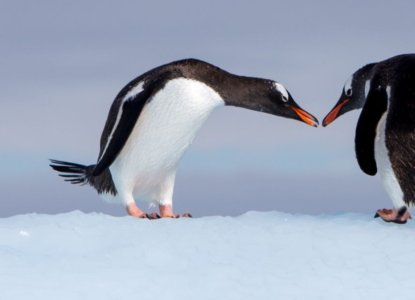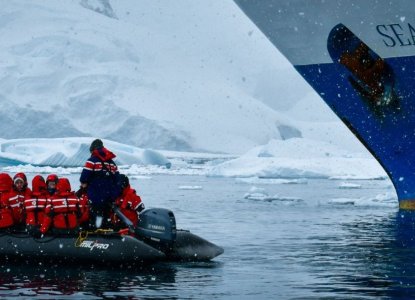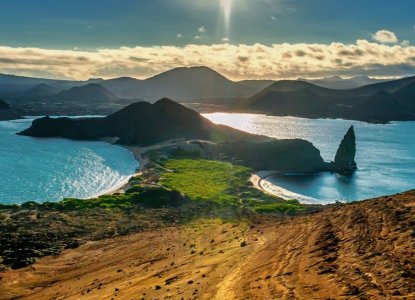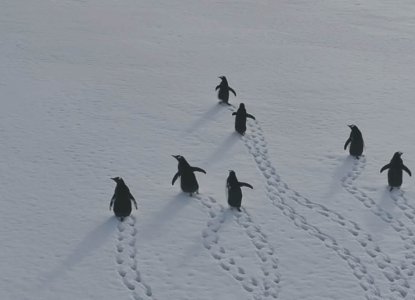How to Find the Best Antarctica Cruise Operators
Antarctica is a dream destination for many travellers, drawn to its wildlife, remote beauty, and spectacular glaciers and ice. However, once you start researching Antarctica travel options, you may realise that narrowing down the best Antarctica cruise operators can be challenging.Whether you’re sea
Read More







